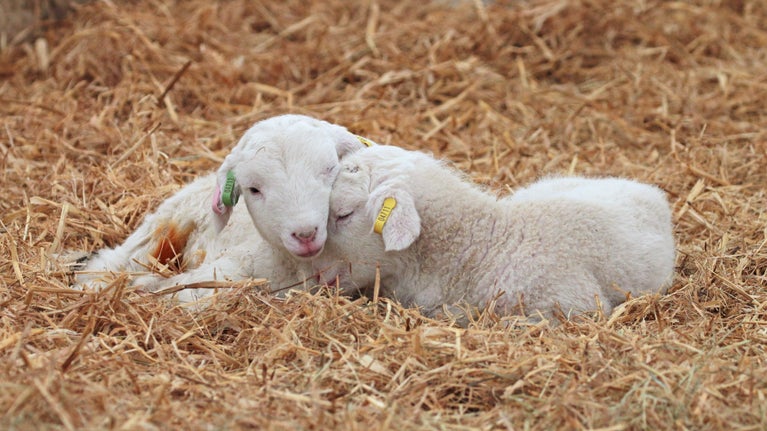
Explore countryside and woodland
Get closer to nature and explore hundreds of outdoor places. We've got miles of hillsides and woodland waiting to be discovered.

Lambs are one of the first and most popular signs of spring in the UK. Find out where you can see them at the places we look after and learn about the various breeds.


Learn about different types of sheep that you can find at some of the places in our care.

Get closer to nature and explore hundreds of outdoor places. We've got miles of hillsides and woodland waiting to be discovered.

Find out about the best places across England, Wales and Northern Ireland to see the elusive red squirrel. Autumn is a great time to spot them as they're busy gathering food ahead of winter.

Discover how to identify burrows, food, footprints and latrines, and how to tell the difference between water voles and brown rats, even when they're swimming.

Find out more about the best places where you can see otters in the wild, including Hampshire, Pembrokeshire and Cornwall.

We look after some of the UK's most important nature reserves. Visit a nature reserve near you and discover a wide range of wildlife and plantlife.